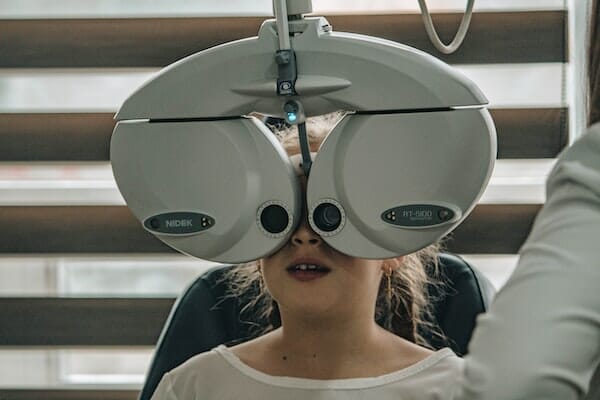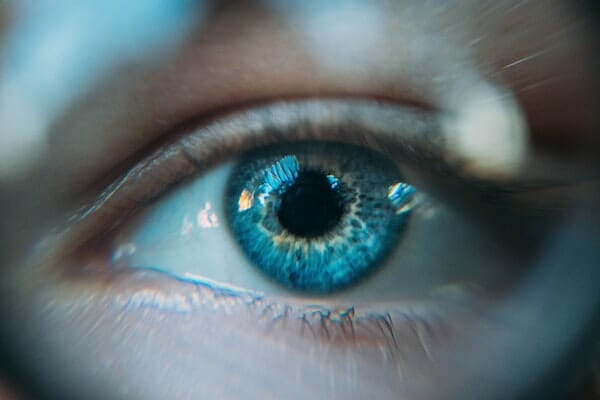Eye exams are an important part of maintaining your vision and general health. Many people don’t know that there are several types of vision exams available, each with its own purpose. In this article, we’ll discuss the different types of vision exams and how they can promote eye health. Keep reading to discover the different types of vision exams, and get a free exam done at JCPenny Optical today!
The Refraction Evaluation
The refraction evaluation is a type of vision exam that is used to determine the best eyeglass prescription for an individual. It is used to measure the amount of refractive error of an eye and is usually performed when someone is having difficulty seeing clearly. In a refraction evaluation, a series of lenses are used to determine the optimal prescription for eyeglasses. During the exam, the patient will be asked to look at an eye chart while the doctor changes the lenses and asks the patient to read the letters on the chart. The goal is to find the lens combination that will produce the clearest and most comfortable vision. Depending on the patient’s age, the doctor may also use a retinoscope, which is a hand-held device that can measure the power of the eye.
The Glaucoma Test
A glaucoma test is used to measure the pressure in a person’s eyes. This test is used to diagnose the condition of glaucoma, which can cause vision loss if not treated. During a glaucoma test, the doctor will use a special tonometer to measure the pressure in the patient’s eyes.
Retinal Imaging
Retinal imaging is a type of vision exam that uses specialized imaging technology to capture high-resolution images of the back of the eye. Retinal imaging provides important information that can be used to diagnose and monitor ocular diseases, such as retinal detachments, diabetic retinopathy, glaucoma, and macular degeneration. It is also used to assess the health of the optic nerve and retinal blood vessels. This vision test s a non-invasive and painless procedure that provides detailed information about the structure and function of the eye. During the procedure, a technician will take a digital photograph of the eye using a specialized camera. The images are then analyzed by an ophthalmologist or optometrist.
An ocular motility test is used to evaluate a person’s ability to move their eyes. During this test, the doctor will ask the patient to follow a light or object as it moves around their field of vision. This test can help diagnose eye movement disorders, as well as determine if a person has any poor vision habits.
The Visual Field Test
The visual field test is typically done in an eye doctor’s office and is relatively simple to complete. The test begins with the patient sitting in a chair, facing the testing machine. The machine is equipped with a camera and a light source, which are used to map the patient’s peripheral vision. The patient is asked to look straight ahead and not move their eyes during the test. As the light source moves around the patient’s visual field, the patient will be asked to identify when they can see the light. The test will measure the size, shape, and sensitivity of the patient’s visual field. The results of the visual field test can be used to diagnose vision problems, such as stroke and brain tumors. It can also be used to monitor the progression of vision loss over time or to determine if certain treatments are effective.
Overall, regular eye exams are essential for detecting vision problems early, maintaining eye health, and preserving clear vision. Different types of vision exams are important for identifying various conditions and can provide a more comprehensive picture of a patient’s visual health. Altogether, these exams can help to ensure good eye health for many years to come.
The Ocular Motility Test

